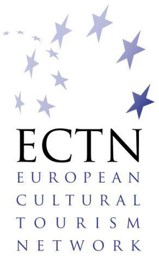
Call for Experts - CHRISTA extended project by ECTN
Call for Offers regarding expernal expertise for the CHRISTA extended project, by ECTN advisory partner
Cultural and natural heritage is very important at all levels, local, regional, national and European, consisting of several dimensions that can lead to resource efficiency, through deployment for sustainable and responsible tourism development with innovative character. Policies for heritage applications to eco-cultural tourism need to be further developed, implemented and monitored, through interregional cooperation.
The common challenges that are jointly tackled in the CHRISTA project are:
The overall objective is to protect and preserve natural and cultural heritage assets and deploy them for the development and promotion of innovative, sustainable and responsible tourism strategies, including intangible and industrial heritage, through interpretation and digitisation, with capitalisation of good practices, policy learning, policy implementation and capacity building.
Expected changes are in terms of improved policy instruments in destination regions, advances in relevant policy implementation, upgrading of cultural and natural assets and innovative applications.
Main outputs are Action Plans, with implementation and monitoring of improved policy instruments in 9 regions, communication and dissemination tools for policy learning and capacity building, contribution to EU policies and EU2020 targets.
The beneficiaries are public authorities and their stakeholders.
€1,920,199.00
Environment and resource efficiency
The regional Operation Programme (ROP) pursues the aim of a Sustainable Regional Development through the safeguard of natural and cultural heritage, particularly in the islands of Venetian Lagoon.
Within the ROP, Tourism related actions are integrated within OT3 (thematic objective).
Axis 3 Objectives:
3a) Promoting entrepreneurship, in particular by facilitating the economic exploitation of new ideas and fostering the creation of new firms.
Focus on Action 3.3.4, pursuing the preservation and protection of cultural heritage especially by involving all stakeholders, including SMEs operating in sustainable services, as a tool to protect and revitalize the natural environment of the islands and cultural heritage.
Main features:
To maintain long-term leadership in the tourism sector and to become more competitive, the Veneto Region must meet the challenge to make more sustainable the impact of its tourism industry on lands and on local populations, through: - gradually shifting tourist flows from the destinations with greater burden while involving smaller destinations; - encouraging new tourism models that maintain the interest for a destination throughout the year, able to actively involve the population and the local economy. The Veneto Region could qualify its tourism offer, also promoting the great cultural and natural heritage. The focus is on a target area: the Venetian islands where to implement the policy instrument adopting innovative tourist models.
Operational Programme according to the objective ‘INVESTMENT FOR GROWTH AND JOBS" (Regional Operational Programme of Central Macedonia)
Thematic Objective 6 deals with Environmental protection and efficient use of resources. Based on regional identified needs a priority is the protection and promotion of cultural heritage, emphasizing archaeological sites, historical and religious monuments and the improvement of museums. It is important to mention that the cultural heritage of the region is under pressure from illegal construction and urban sprawl in peri-urban areas, wooded areas and tourist areas (eg mountain and coastal), with attendant land-use conflicts and environmental impacts. For these reasons the need of proper conservation, preservation and/or restoration is more than necessary. There is a focus on environmental aspects and pressures that affect the cultural heritage. However, there is a need to improve the intangible heritage, through interpretation facilities and innovation / digitization activities towards the enhancement of policies for sustainable and responsible tourism. All cultural assets can be deployed for the purposes of sustainable and responsible tourism, namely cultural tourism, heritage tourism and ecotourism.
The Cultural Plan for region Västra Götaland is a development plan regulated by Swedish Law dealing with regional development on culture. The Cultural Plan describes the main priorities in the area of culture and cultural heritage in the region over a three year period.
Industrial heritage is one of the prioritised areas to be further developed in Västra Götaland over the years to come. In a historical perspective Västra Götaland is a heavy industrial region with car factories, shipyards, textile industry, biochemical industry and a wide range of small scale production. It is the importance of understanding how the change of the industrial society affects the development of society in general and the life of individuals. Participatory methods involving the inhabitants is a vital ingredient in the process of understanding the past, the present and to draw conclusions about the future of Västra Götaland as an industrial region.
Tourism is an important tool for regional development. But tourism can also be an area of cultural development. Tourism is a way of participation and could be more of incentive based development for the cultural sector. The cultural sector can provide interesting content for destination development as well.
International cooperation and exchange are important parts of the Culture Plan. The plan also relates to European and national goals for culture and development.
The specific Objective 6 is specified through strategic lines of actions (ELA).
Three of them are of interest to be improved:
- “Actions for the protection, development and promotion of cultural heritage”
- “Actions for the protection, development and promotion of natural areas, in particular those with a tourist interest”
- “Investment for the development of actions that minimise the threats to the conservation of natural areas and biodiversity, with especial interest to the Natura 2000 Network”.
The Regional Operational Programme of Andalusia is still a draft, so it can easily be improved.
The main objectives of the Strategy are: to promote development of tourism sector by increasing economical indicators, to develop & promote tourism-friendly environment by encouraging residents patriotism and hospitality taking into account preservation and develoment of nature and cultural heritage, as well as building Vidzeme region as recognisable and popular travel destination between countries of Baltic Sea. It includes 3 main priorities: market research, regional marketing and development of high quality tourism.
Having regard to the current development at regional level, the focus must be set on sustainability, viz:
- re-assessment and gathering of the new information on the current regional situation since the previous document,
- elaboration of the the critical deficiencies that have not improved since the previous document has been adopted
- in-depth analysis of the current regional situation, by taking into account the changes at regional level
- development of new measures and suggestions that need to be adopted at regional level, by taking into account the needs of the stakeholders.
Improvements in present Strategy must be characterized by exact measures and indicators that need to be improved, following a methodological pattern from in-depth analysis to priority recommendations and follow-up of the results at the regional level.
As part of the repositioning strategy of Cyprus, Pafos had decided to prepare their own vision for tourism development and to create a separate product (regional brand) utilizing and investing in the available merits. This resulted in the 'Pafos Regional Strategic Tourism Development Plan' launched in 2008 with a 5-year implementation horizon initially. The Strategy places particular emphasis on cultural & heritage tourism.
Cultural Tourism ranks as first priority category, considered one of the fast growing segments of the global tourism industry, with huge benefits. Cultural Tourism is associated with current expectations of travellers on learning a different way of life and understanding of another culture, is among the special forms of tourism which are designed to target specific segments and is considered a product with high growth prospects.
There is great need of updating and upgrading this policy instrument, in the light of the rapidly changing tourism demand and developments in the cultural status of Pafos, such as the selection of Pafos to be the 2017 European Capital of Culture. The Strategic Plan must have a new target year of 2020 and beyond. A key purpose of the upgraded and enhanced policy instrument is the preparation of Action Plans. There is scope of interfacing with the 'Operational Programme Competitiveness & Sustainable Development'; the improved policy instrument can form the basis for mainstreaming into European Structural and Investment Funds.
The Regional Operational Programme (ROP) 2014-2020, thematic objective 5, Investment priority: 5.1 has following priorities: the conservation, the protection, the promotion and the sustainable development of the natural and cultural heritage.
The policy focuses on the restoration of the historic monuments listed in the universal and national heritage lists, or classified historic monuments in urban areas, in order to raise their tourism attractiveness and thus contribute to the overall competitiveness of the region. The restoration works are extremely important, but there is also a need to raise awareness about the use of authentic building materials; to involve the local communities and create synergies between culture and tourism; to innovate by integrating intangible cultural heritage, events facilities, interpretation skills and new technologies in the visitor experience, as a means to ensure long-term attractiveness and economic growth.
The ROP is based on the common development priorities proposed in the Regional Development Plans for the 2014-2020 period drawn-up by each of the eight RDAs, one of which is RDA Centre (RDAC).
Sibiu County Tourism Association (SCTA) is missioned by the regional administration (Sibiu County Council) to develop and implement its strategic plan for tourism involving all the relevant stakeholders at all levels. SCTA has been directly involved by its public members with RDAC in the development of the new ROP 2014-2020.
It is a major strategic document for sustainable and integrated social and economic development of the Burgas Municipality for the following 7- year period.
It defines the development framework for the new programming period through integrating the economic, environmental, social and infrastructure aspects of the desired sustainable and balanced growth.
The Plan identifies a few strategic aims, which should be achieved and built on:
Strategic objective 1: Sustainable development on the territory of the municipality and environmental protection;
Strategic objective 2: Increasing the quality of life standard.
Under these two aims the following Priority 2 Integrated territorial development is envisaged comprising Measure 5 Tourism development, integrated tourist products and creative industries.
The Municipal strategy for sustainable tourism development will pave the way and provide the necessary basis and strategic directions for the realization of the measure.
On a wider scope this will provide an opportunity for the realization of the Municipal vision – “Burgas – a key city of the Black Sea region – the eastern gate to the EU, Burgas – a city of High Technologies, Energy, Management, Industry, Education, Tourism and Environment”
It is a broad policy instrument that includes tourism as one of its objectives under Axis 6 - Investment Priority 8b - 6.5.1. Assure economical value of endogenous low density spaces resources, through the improvement of specific strategies for the promotion of territorial competitiveness.
It aims to share endogenous resources, creating value and jobs, among other strategies through tourism and includes a wide range of measures for the improvement of competitiveness in the North region.
It identifies several endogenous resources with a touristic potential and aims to transform them in real parts of the touristic sharing process with equilibrium between the public's needs and offer possibilities. Among these identified resources the policy instrument counts with the development of new uses for declining industrial regions as well as the accessibility to cultural and natural resources. In the adaptation of industrial regions to new uses there is always a gain in a cultural approach. Tourism looking to know old and new ways of doing things can be profited from, and help to create jobs and improve cultural interaction if units are prepared for visitors and accessible. The aim of creating accessibility, both physical and intellectual, provides the means to create self-consciousness and an environment of trust and self-esteem, by showing evidence of the value of regional entrepreneurship that will help to shift change and renew trust to an industrial ecosystem.

Call for Offers regarding expernal expertise for the CHRISTA extended project, by ECTN advisory partner
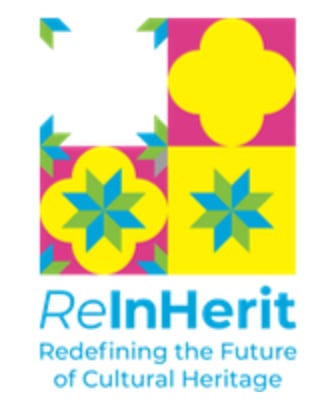
CHRISTA partnership supports the ReInHerit H2020 CSA survey on cultural heritage digitalisation, by both professionals and visitors (www.reihnerit.eu)
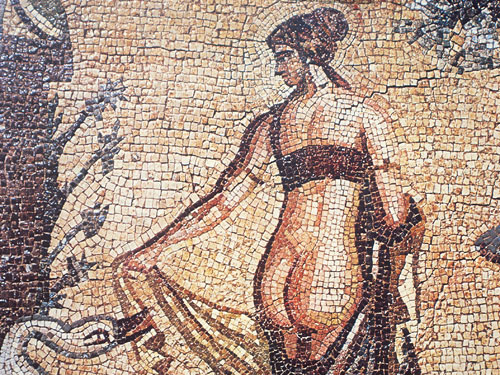
CHRISTA project has been extended till September 2022, in order to consider the impacts of the COVID-19 pandemic impacts and how to regenerate cultural tourism!
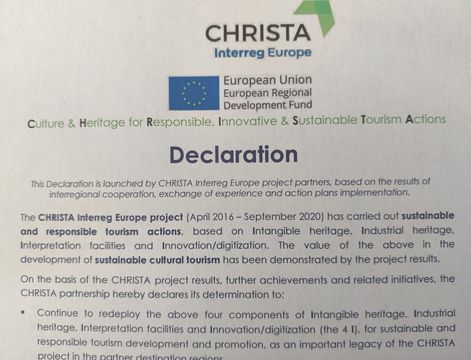
This Declaration is launched by CHRISTA Interreg Europe project partners, based on the results of interregional cooperation, exchange of experience and action
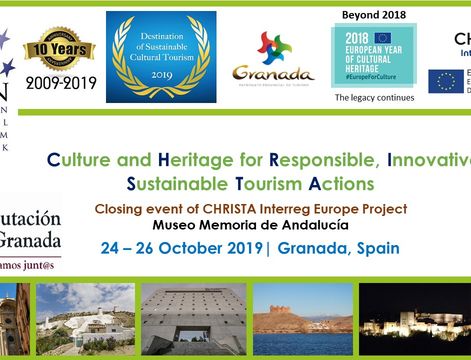
Video recording of the CHRISTA Interreg Europe project final Conference is available online
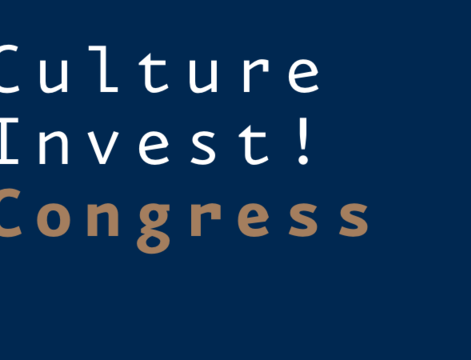
The results of the CHRISTA Project were presented at the 12th CultureInvest Congress, on 26 November 2020.
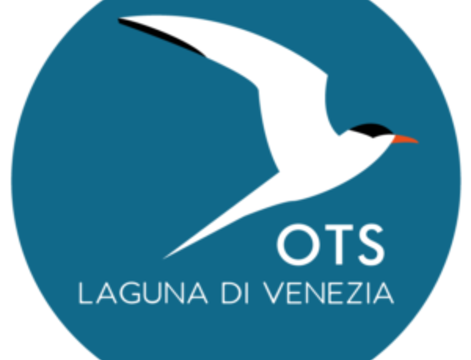
“Operatori Turismo Sostenibile della Laguna di Venezia” - Association of Sustainable Tourism Companies in the Venice Lagoon, Veneto, IT, has won ECTN Award.
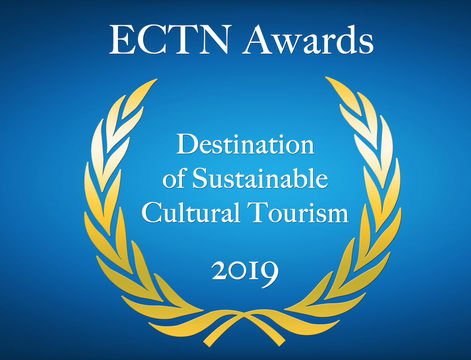
Phyti Community Council, Cyprus, won the 2nd prize in the ECTN Awards 2019 for intangible heritage of traditional weaving, an action in the Pafos action plan.
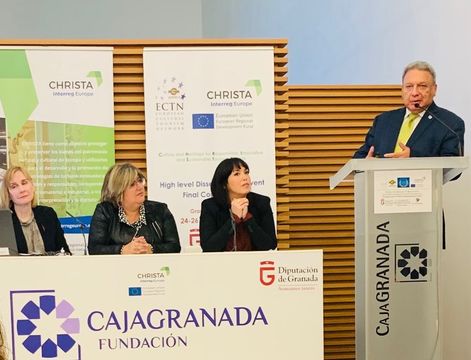
The closing conference of CHRISTA Project (high level dissemination event) was held in Granada, Spain, on 24-26 October 2019, organised by ECTN advisory partner

The CHRISTA Project title is selected as the main them of the 2019 edition of the ECTN Awards 'Destination of Sustainable Cultural Tourism' !